CORE : hosts the Teensy 3.6, provides a USB port for communication with a PC, MIDI IN and MIDI OUT ports for communication with MIDI devices, a TFT display and encoders for on the fly configuration, 8 CV outs with offset control and 8 gate outs.
IOAPEX : attaches to the back of the CORE, hosts custom logic to control up to 128 digital inputs, 128 digital outputs, and 128 analog inputs using 16-bit multiplexers on sub-modules, in order to create custom control interfaces (with pads, encoders, pots, sliders, LEDs, keyboards etc.)
CODEC : hosts an AK4558 hi-fi audio CODEC with professional level (+4dBu, +24dBu max.) stereo inputs with independent volume control, professional level stereo outputs and headphone output. The module also provides AUX IN and AUX OUT connectors on-board for future upgrades.
Below you can find a list of old prototypes and/or abandoned modules:
IN mini : TRS 1/4" jack or TRS 1/8" jack to Harwin M20 2x3 male pin header, with RFI filter capacitors
IN lite : fully differential stereo line receiver on 2 1/4" TRS jacks to single ended output, with independent volume control, reference level setting (-10dBV or +4dbU) and support for external preamp modules with differential outputs, hosting THAT Corp and TI audio line of opamps
IN hi-z : high impedance instrument preamplifier with single ended input on a 1/4" TS jack, fully differential output and independent gain control, based around TI audio line of opamps
OUT lite : stereo single ended input to impedance balanced (balanced/unbalanced) line output on 2 1/4" TRS jacks, with volume control, secondary headphone output on a third 1/4" TRS jack, switch to select between line out/headphone, with support for auxiliary output amps with single ended input, hosting TI audio line of opamps
PSU D : split supply DC/DC converter with very low noise LDOs, with USB, DC or external power input (max 5.5V), designed for +/-5 V but configurable for up to +/- 15 V, with power output on terminal blocks to provide easy interconnection to all kind of modules, hosting TI line of DC/DC converter and LDOs; USB data lines are offered on a soldering header in order to connect the USB port to the Teensy
 Michele Perla
Michele Perla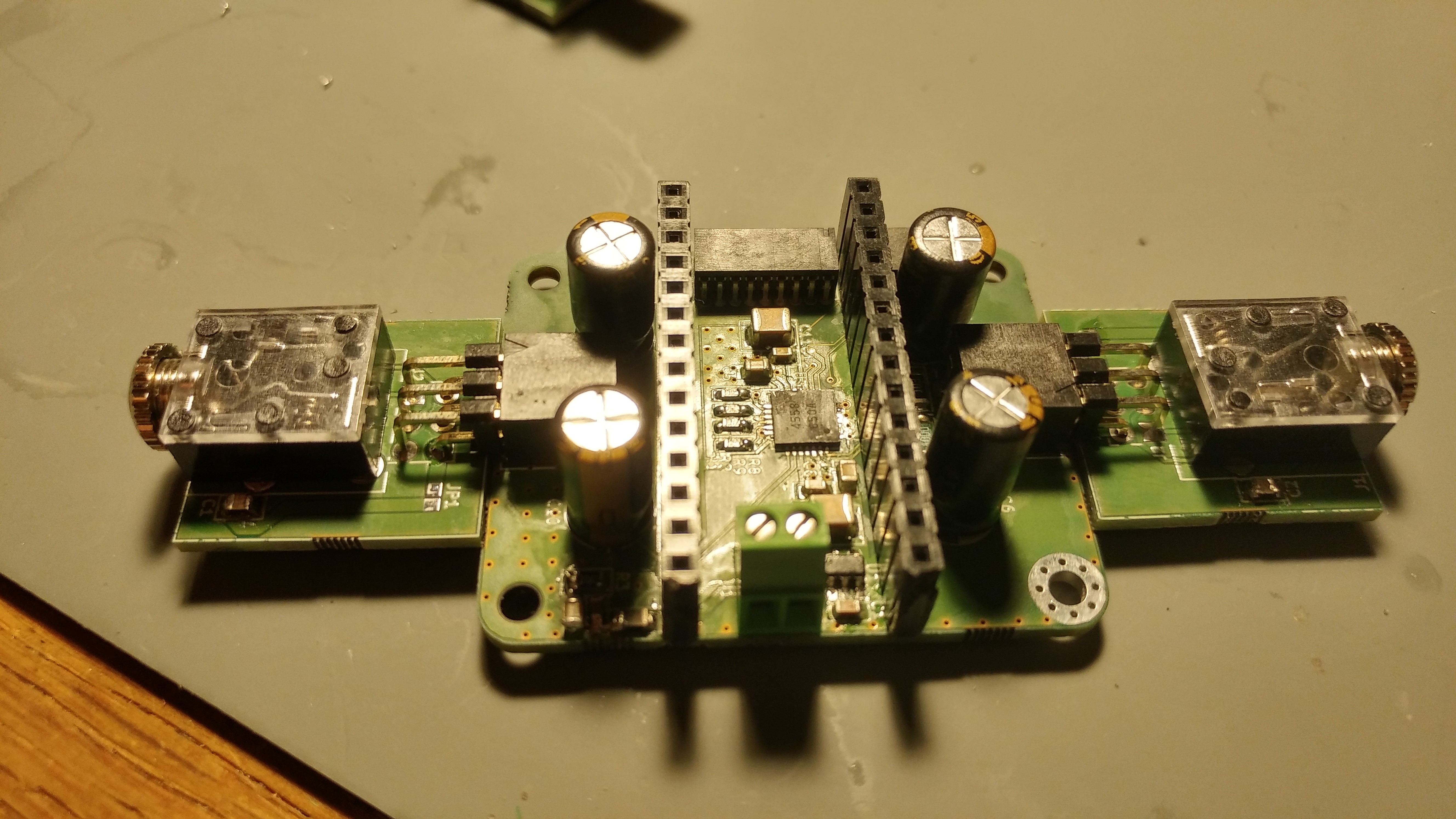
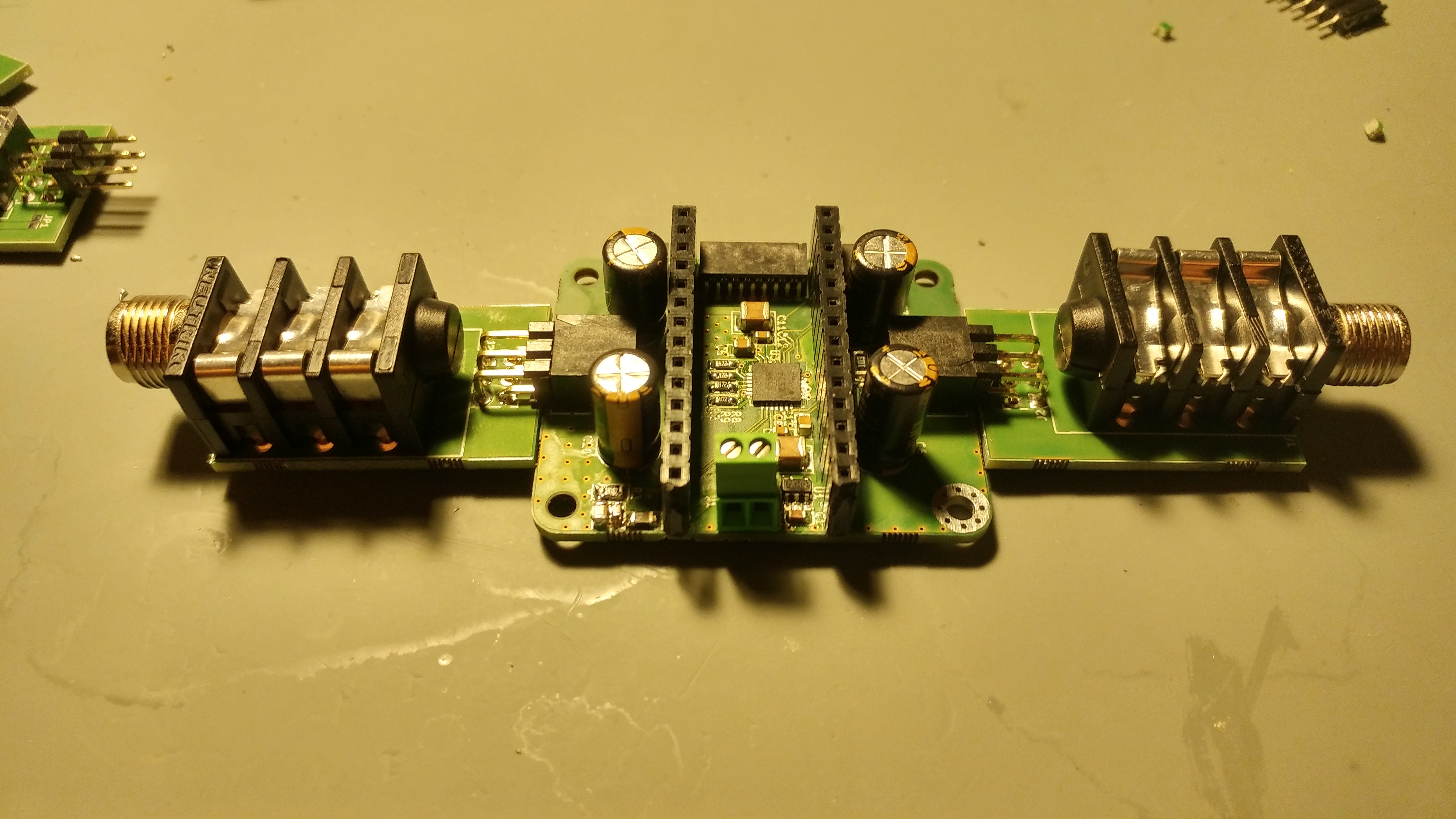
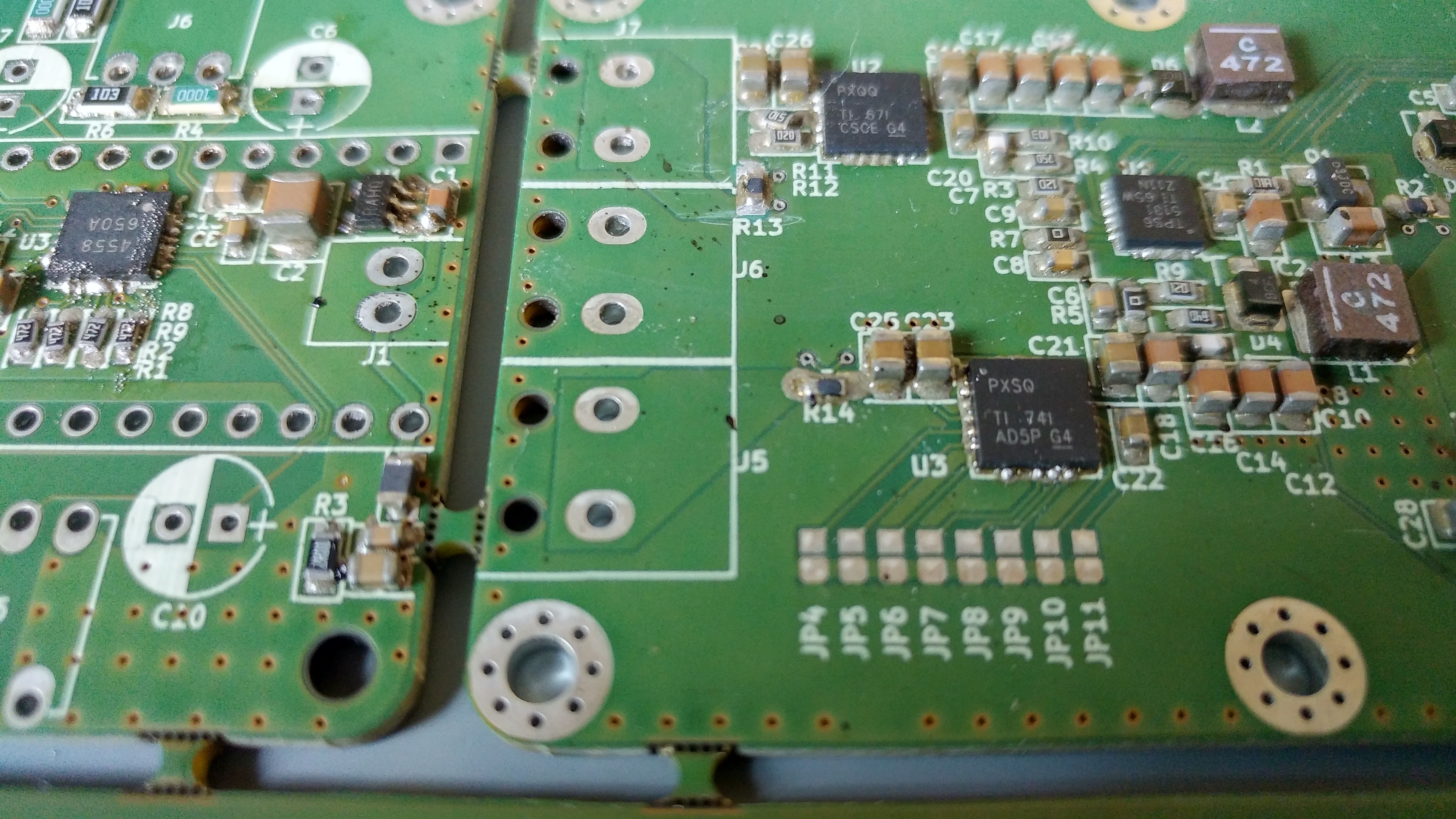

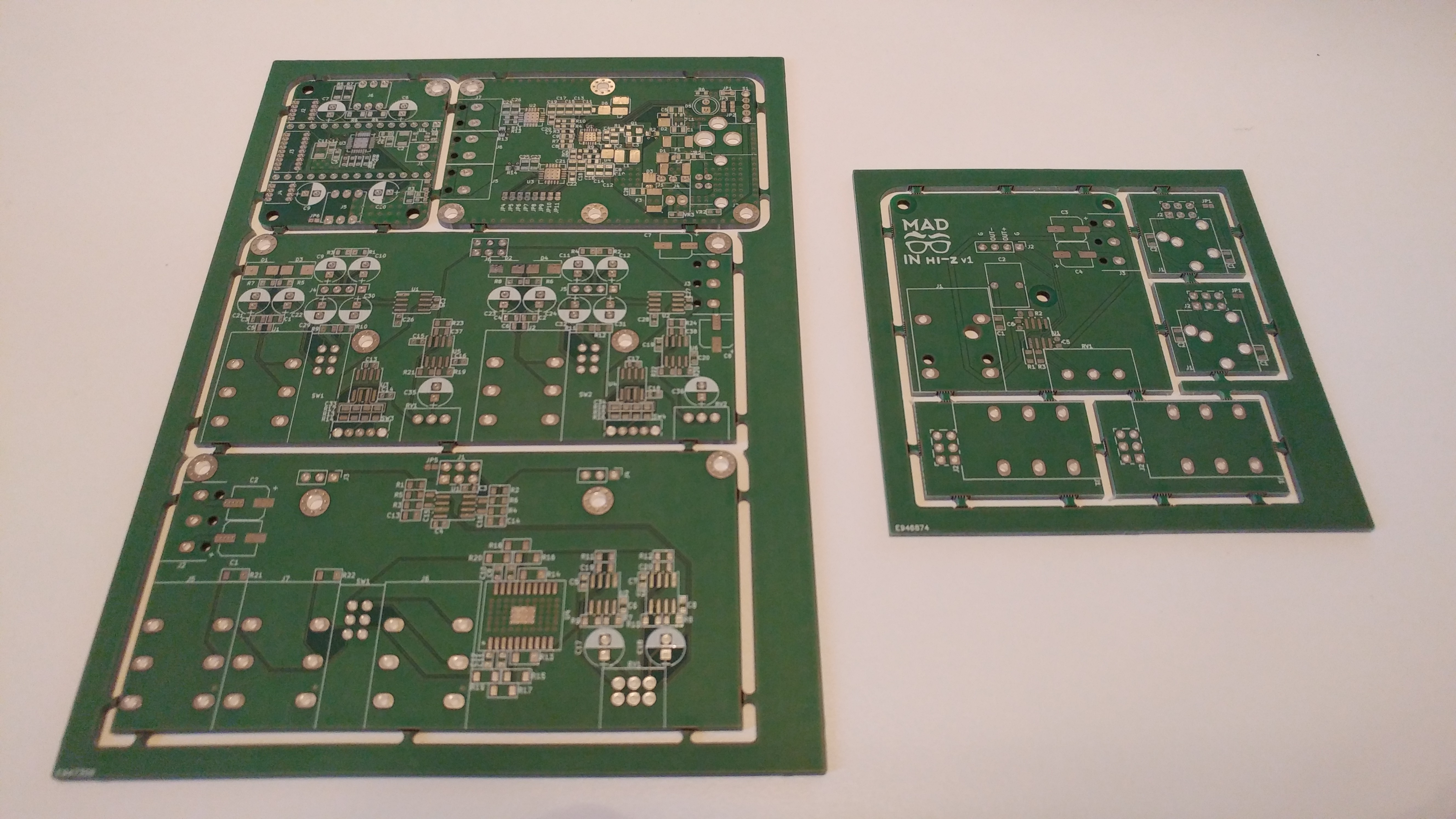
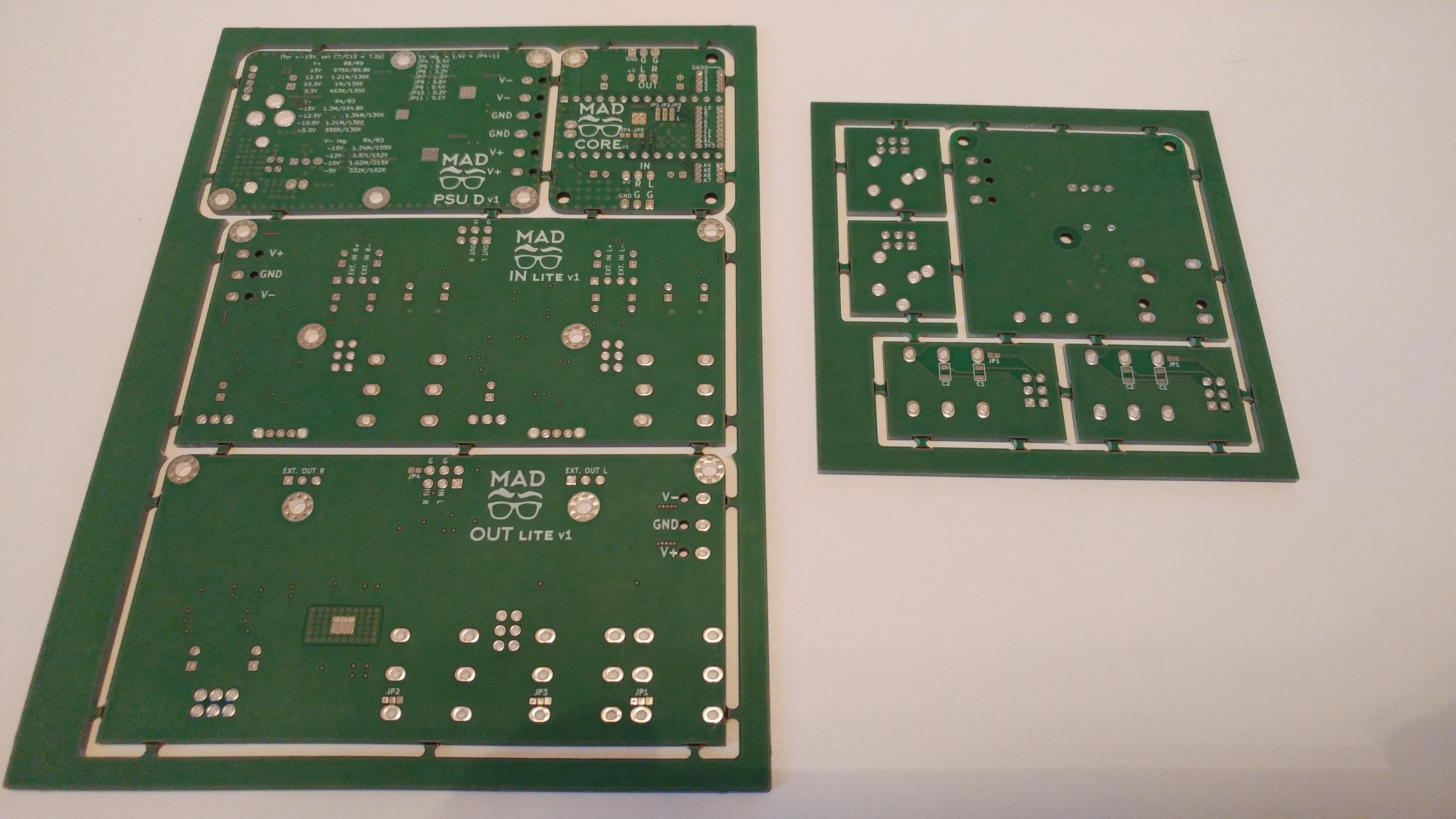


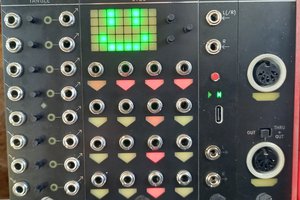
 David
David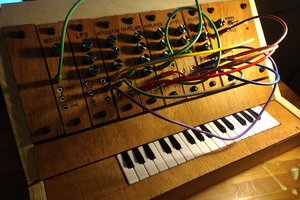
 Matt Bradshaw
Matt Bradshaw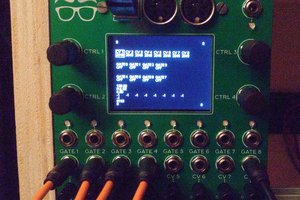
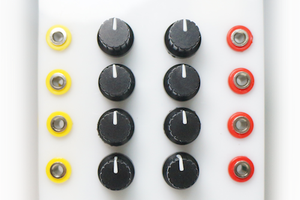
 Castle Rocktronics
Castle Rocktronics
Sound like a great project. What do you think about using ESP32 as the core? It's way cheaper than Teensy 3.6 and it's pretty speedy.